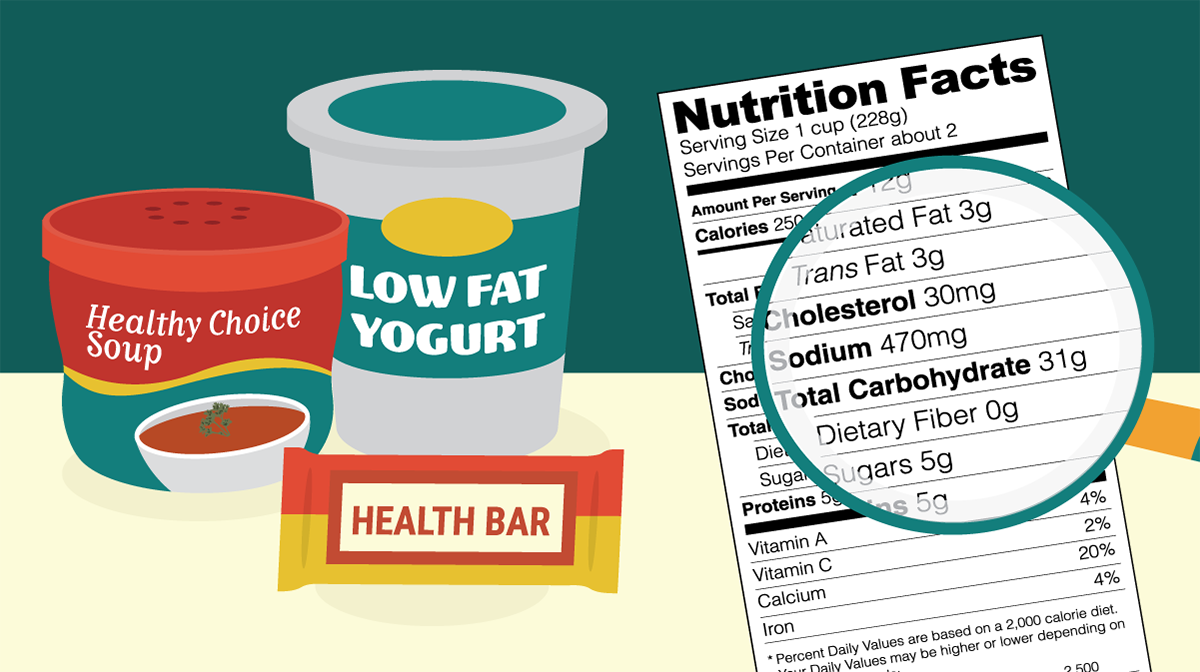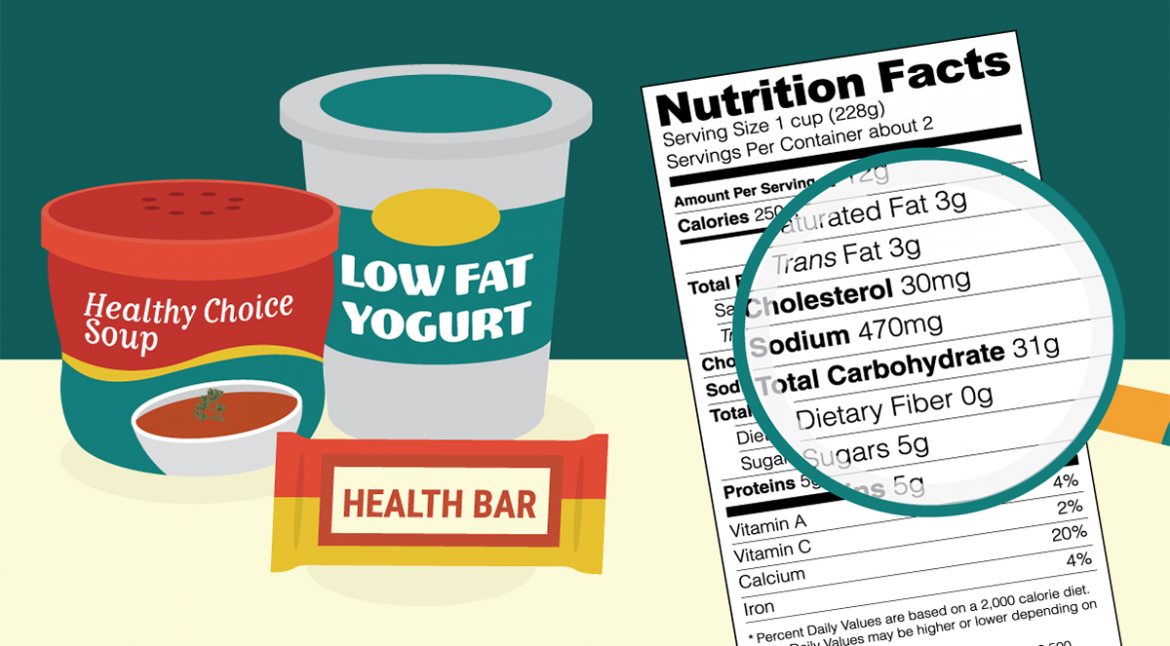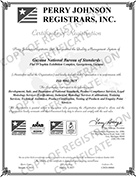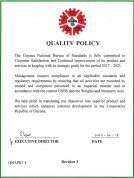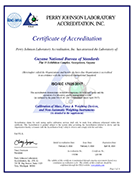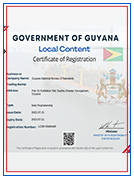Nutrition labelling was developed in the 1970’s in the wake of increased concerns about health and nutrition. It is today governed by a combination of legislation and voluntary arrangements.
The Guyana National Bureau of Standards (GNBS) has facilitated the development of the Guyana Standard Specification of nutrition labelling (GYS 267:2007) to ensure such labels are effective in providing consumers with information about foods so that wise choices can be made. The Standard was also developed to convey information on the nutrient content of foods.
Importantly, this standard should ensure that nutrition labelling does not describe a product or present information that is false, misleading, deceptive or insignificant in any manner and that no nutritional claims are made without nutrition labelling. Further, the standard specifies procedures for the nutrition labelling of foods. It does not apply to foods for special dietary uses.
Nutrition labelling refers to information about the nutritional content of a food product. In many countries of the world (including the European Union and the United States), it is mandatory to provide information on energy content and the content of key nutrients (like fat, saturated fat, sugar, and salt) per 100 g and/or per portion size.
The National Standard divides nutrition labelling into two components, Nutrient declaration and Supplementary nutrient information. Nutrient declaration should convey an understanding of the quantity of nutrients contained in the product.
For the Nutrition Facts table, which is displayed on labels, information can be expressed on the basis of a serving of stated size of the food as sold. According to the standard, this information should be based on reference amounts of food, which are standardised quantities, reflecting the amount of a food consumed at a single eating occasion.
The Nutrition Fact table shall be on all labels except, alcoholic beverages with alcohol content of more than 0.5%, fresh fruit and vegetables, single ingredient meats and raw marine or fresh water products. Among the other products exempted are food packaged in the retailer’s establishment at the request of the purchaser.
The standard requires that the energy value of food be expressed in calories, and on a voluntary basis in kilo-joules. This applies to the amount of fat and fatty acids, carbohydrates, fibre, sugars, etc. These nutrients can be declared as a percentage of a daily value based on references stated in the standard. The standard also provides recommended daily intake for vitamins and minerals.
For foods containing zero amounts of seven or more of the energy value and nutrients in the core information, the statement “Not a significant source of (name the omitted core nutrient) shall be included in the Nutrition Facts table.
Lastly, the standard specifies requirements on how the Nutrition Facts table shall be displayed on the available label space of a prepackaged product. Importantly, the Nutrition Facts table shall be located on the outer container or the retail package if the prepackaged product contains separately packaged ingredients or foods.
Local manufacturers and suppliers of food products are encouraged to acquire a copy of this national standard and to implement the requirements therein to ensure nutrition labels are complete and appropriately displayed to guide consumers.
For further information, contact the GNBS on telephone numbers: 219-0064-66. Please visit our website: www.gnbsgy.org and like our Facebook page: gnbsgy
